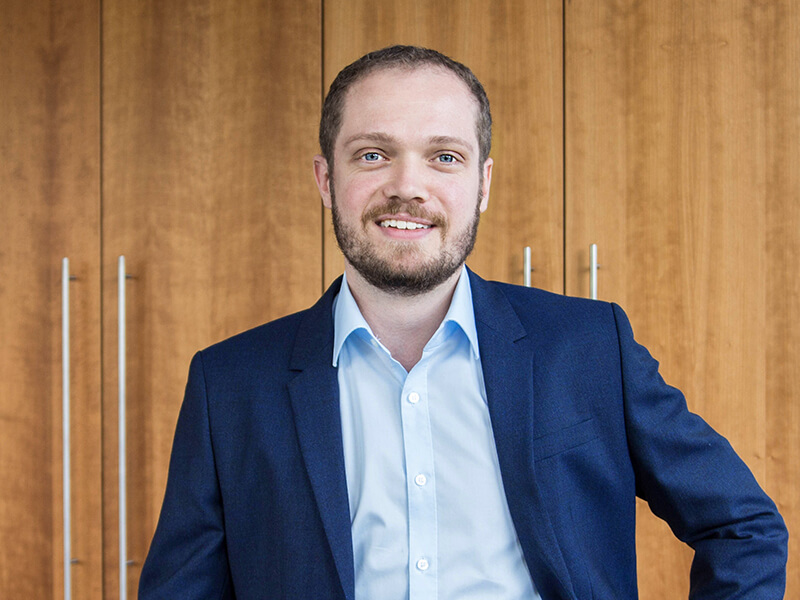SPES is a methodology based on a set of principles that emphasize modularity, consistency, and completeness in modeling. It provides a comprehensive modeling framework, including scientifically well-founded semantics as well as guidelines and concepts for modeling software-intensive systems. One of the key features of SPES is its use of context models, which allow developers to focus on specific aspects and analyze a system from different perspectives. The SpesML project now specified and implemented the SPES methodology for the popular SysML modeling language to fully leverage its benefits for industrial systems engineering. The open-source implementation of the resulting SysML profile and MagicDraw Plugin are freely available and lower the adoption barrier for model-based systems engineering and also for small and medium-sized companies.
One of the key contributions of fortiss to the SpesML project was the definition of a modeling view for the technical architecture of software-intensive systems and its integration with the other modeling viewpoints of SpesML such as requirements, functional and logical architecture, and behavior. In combination with the clear semantics of the SPES methodology, this provides the basis to completely analyze and optimize systems architectures in SysML.
Throughout the project, fortiss and its partners organized several workshops and events to promote the SpesML language and to gather feedback from users. The project team also developed a comprehensive online documentation that provides detailed information about the language, its concepts, and its methodology. "The SpesML language provides a powerful tool for modeling software-intensive systems, and we are excited to see it being freely available for companies all over the world," said Andreas Bayha, Co-Head of the Model-based Systems-Engineering field of competence at fortiss.
The completion of the SpesML project represents a significant achievement for fortiss and its partners and several case studies for automotive and medical systems could demonstrate already during the projects how the SpesML workbench supports to engineer software-intensive systems more reliably, more efficiently, and with reduced maintenance effort. By leveraging the scientific foundations of the SPES methodology to the industrial SysML modeling language, SpesML enables companies to easily adopt SPES in an industrial setting to achieve all benefits of model-based systems engineering. With this, SpesML is expected to play a key role in the engineering of software-intensive systems and foster the digitalization of systems engineering.


